Search the Community
Showing results for tags 'FILM'.
-
Hey Guys, I've recently become the proud owner of an Aaton XTR Prod, however the camera unfortunately has a few items missing, which i'd like to acquire. With that said, i'm on the lookout for original Aaton accessories including: - Walnut handgrip & cable - 2x screw in 15mm rods (short) - Heated eyepiece cable As the purchase of the camera used up a fair amount of my budget, i'm looking for reasonable prices, however I completely understand that these are getting harder to come by, so happy to play fair. I also have a few accessories that I don't think i'll be needing - such as the Origin timecode device, that i'd be happy to swap if people are searching for one (tend to slate anyway). I'm based in the U.K, if that helps too. Thanks! Nick Lee-Shield www.nicholasleeshield.com
-
For sale is 1200ft (3x 400ft cans) of 35mm Kodak Vision3 500T 5219. Freezer stored, sealed cans, packaging intact. $400 for all. Terrible iphone photo included.
-
Hey everyone! I would love to hear your feedback on my latest film. This was a translation of my time spent in Baltimore and Washington during the trump election. I wanted to show the viewer what it felt like as I was waling through the streets during this incredibly tense time in Americas history. http://www.freshfinishmedia.com/canadian-filmmaker-washington-election/
-
Hello, I am wondering if anyone can tell me what mount this could possibly be. I purchased this Angenieux 9.5-57 thinking this was a PL mount, but it's far too small for the opening. Ultimately I would like to use it on my PL mount camera, but if it's not capable I would try to sell it, but knowing the mount type would go a long way for both plans. any help would be appreciated!
-
Selling 4 cans of new, unopened 16mm Kodak Vision3 250D film. Bought from Kodak three weeks ago, stored in temperature-controlled condition. $150 (+ shipping) per can Pickup possible in Los Angeles 90012
-
Ok, more than ONE question, I admit! :) I am a VERY beginning filmmaker who has not an iota of filmmaking and directing experience. Yet I have the dream of creating this huge, complex, well-polished independent short film using motion picture film and professional movie cameras. I am tempted to laugh at myself and say to myself, "Dude! You have no experience! Snap into reality and realize: you will not make this film and make it how you want it, without some type of filmmaking, directing, and cinematography experience." I am sure that is true and so.... I have no video camera except a cheap phone that has barely any memory on it so that is not an option. I do not have the money to buy a DSLR with video capabilities that I could use, either. BUT, I do have a Super 8 camera that someone gave me. So I figure, why not work with what I've got?! So, for any people out there who have made, or like to make, Super 8 films, what would be the best quality, least-grainy super 8 film out there? I would want it to be as clear and as close as possibly to standard 35 or 16mm as I can get, color-wise as well. I am guessing that the only way to do cuts is in-camera, correct? My camera has a tripod mount which I think is AWESOME, as I will definitely be using it! I am wanting also to do slow motion and time-lapse with the film, which leads me to my main question! Am I correct in guessing I would have to do that post-filming, using an optical printer?
-
This is the first of MANY posts I am probably going to do, on this and also on other filmmaking website. I have a huge (very SPECIFIC dream) of an independent motion picture I want to make, and have all these ideas knocking around in my head, and am overwhelmed and unsure where to begin. These forums would appear to be my only savior in making sense of all of this and getting advice I can use on my Film Adventure! :) Therefore, the first two of the many questions are these: 1) I have noticed in many older films (1980's and prior) white artificial lights will have a bluish hue to them, including headlights, when in the dark or low light situations. I love that effect and want to achieve that on my film. I have heard something to the effect of that you can get that effect if you use tungsten film as opposed to daylight (something about the emulsion color balance, I would assume). So, is that necessarily the case, and if not, what do I do to achieve that effect? (WITHOUT using a CTB) 2) I am not going to be using any special effects at all. My film will be straight-up, 100% film sent through the camera and then processed. I want my film to have a specific hue, graininess, and even color balance that was common in films from the 80's, and more of an extent in the 1970's and 60's. Below I will include a link to a clip of a 1975 movie that shows a close representation of the look I want. The question therefore, is what brand/type/speed (and any other specific data) of film do I use to get that look? If that is even possible. Thanks so much for all of your help and answers! I feel intimidated by all of the talented cinematographers with all their experience, but at the same time count myself lucky as I can avail myself of it! :)
-
Aaton XTR Prod S16mm Camera Package All components have just been serviced and in great working order. From rental inventory and has been regularly maintained for the life of the camera. I have 2 comparable packages available. Package Includes: Aaton XTR Prod S16mm Camera Body VR46 Color Video Assist 1.78 Ground Glass Standard Viewfinder (short) Heated Eyecup Extension Finder Carry Handle w/ 2 Aaton Tools Right Side Grip w/ Start/stop 15mm LWS Right Ride Rosette Dual Rosette Grip Extension Arri 15mm Studio Baseplate 2x 6" 15mm Screw Type Mini Rods (not pictured) 2x Coiled Eyecup Heater Cables 8" 2pin to 2pin Start/stop Cable (not pictured) Mag Port Cover Lens Port Cover 3x 400' XTR Magazines w/ Throat Cover Flight Case For Camera Body (ATA Style) Flight Case For Magazines (ATA Style) $3895 I have On-Board batteries and chargers available upon request (fresh re-cell at time of sale). NP-1 style battery adapters that allow use of modern NP Li-Ion batteries as on-boards. Additional 400' and 800' magazines. Large selection of high quality used S16mm Primes and Zooms. Please PM with questions. Located in Hollywood, CA. I am happy to demo the camera in person. Willing to ship at purchasers expense.
-
Hi everyone, first post, long time lurker. I recently bought an Aaton LTR-7 and have just ran my first test film, the result is as follows: https://vimeo.com/210062910 (Excuse my great readings...) We shot with a standard 16mm Angénieux 12-120mm but recorded to super16 as we knew the long end of the lens would cover the s16 frame and wanted to see the extent of the vignettes. What we were not expecting were the red light leaks that crop up on both sides but more so the right side of the frame... I wonder if there any tell tell signs to this type of light leak? I did the S16 conversion myself via instructions from http://cinematography.net/edited-pages/Aaton16mmRegtoSuper.htm - I have a sneaking suspicion the leak could be from where the viewfinder seats on to the top of the camera, I had to move the 'wedge' over and reseat the VF to complete the s16 conversion.. I would love to know your thoughts, - Francis
-
Rare chance to own a complete Arri SR3 Advanced camera package just serviced and regularly maintained by Clairmont Camera. Includes premium IVS video assist. Package Includes: Arriflex SR3 Advanced S16mm PL Mount Camera Body S/N: 4070 1.78/1.33 Combo Ground Glass Arri 30mm Eyepiece Arri Heated Eyecup Arri FE-4 Extension Eyepiece S/N: 1007 Arri Eyepiece Leveling Rod S/N: 1072 Arri IVS S/N: 5079 Arri BP-7 S/N: 5929 Arri 12" Dovetail S/N: 5079 Arri DC/DC2 Box S/N: 1434 Arri Right Side Grip w/ Start/Stop S/N: 340 Arri "Piggyback" On-board Battery Adapter S/N: 9615 Arri 15mm Clip-on Mini Rods Mag Port Cover Lens Port Cover 2qty. 24v Y Cable (Camera Power) 12" 24v 3pin to 3pin Cable (Eyepiece Heater) Backup Fuse For Camera 3qty. Arri 400' SR3 Magazine S/N: 3130, 1564, 2102 3qty. 400' SR3 Magazine Throat Cover Custom flight Case For Camera Body Flight Case For 2qty. 400' Magazines Full SR3 Package - $4,695 Also Available: On-Board SR3 Batteries (New re-cell at time of purchase) $295/ech - 3x Available 24v SR3 Battery Charger (Built Into Case) $250 Located in Hollywood, CA. Happy to demo the camera in person. Willing to ship at purchasers expense.
-
Greetings I am doing some Spring cleaning/clearing and I am parting ways with My Konvaii. (Plural for multiple Konvas cameras?) Anyway, here is is what I have left of my gear: Konvas 2M 35mm camera body - UBER NICE / CLEAN - 1993 - 1:37 gate - viewfinder: GOOD Konvas 2M 35mm camera body - UBER NICE / CLEAN - 1993 - 1:37 gate - viewfinder: GOOD 17AK-EP CRYSAL SYNC MOTOR #1 - GOOD 17AK-EP CRYSAL SYNC MOTOR #2 - METAL CHIPPED - SEE PHOTO # SPARE FUSES FOR SYNC MOTORS Sound barney for Konvas 2M CAMERA BODY, 200FT/60M MAGAZINE, 400FT/120M MAGAZINE and 17AK-EP CRYSAL SYNC MOTOR NON SYNC MOTOR FRENCH FLAG #1 FRENCH FLAG #2 KOMPEDIUM MATTE BOX #1 KOMEPDIUM MATTE BOX #2 UP DOWN CONVERTER BATTERY 3 PIN XLR - NEEDS RE-CELLING - ANAMORPHIC GATE MEDIUM FORMAT LENS ADAPTER M42 LENS ADAPTER CHANGING BAG 600FT OF RE CAN FILM - KEPT IN MY FILM FRIDGE DIRECTOR'S VIEWFINDER 4X 400FT MAGAZINES - 2: MINT 2: USED 60FT MAG - GOOD 2X SCREW ON HANDLE FOR STEADY HAND HELD WORK. $1200 shipping will be in 3 large boxes http://www.ebay.com/itm/282393879383?ssPageName=STRK:MESELX:IT&_trksid=p3984.m1555.l2649 http://www.ebay.com/itm/282396634065?ssPageName=STRK:MESELX:IT&_trksid=p3984.m1555.l2649
-
Not to be confused with a ‘stylized look' LUT – I created the BozBMDFilm_to_Rec709 Utility LUT to bring out the organic contrast and color values captured by the BMCC / BMPCC in Film LOG or RAW modes. In addition, the LUT strives to preserve highlight and shadow detail [with emphasis on softer highlight roll off] while safeguarding image quality and integrity. [RAW video by John Brawley] Though it's not free, It's still cheaper than a Golden Arches Meal and definitely worth a look even if it's just to see more examples of how the LUT works. Download Page: https://bulentozdemirfilms.wordpress.com/downloads/bmcc-bmpcc-bozbmdfilm-to-rec709-lut/
- 7 replies
-
- blackmagic design
- (and 8 more)
-
$1,000 Or Best Offer. This item is currently located with a friend in North Hollywood, CA. I'm based in Brooklyn, NY. For sale is this very rare Arri 3C Crystal Pistolgrip Motor. It's in very good condition for it's age. These were only made circa 1982 for the Arri 3C, but are compatible with the 2C as well. 24 or 25 fps crystal switchable. Or, switch to variable mode (non-crystal) for other speeds. I was told the 4-pin port is for connecting a speed controller for getting crystal sync at other speeds. Runs forwards or reverse (via switch). Powers from 12V 4-pin XLR connector. No power cable included. The motor has captive screws for attaching to your 2C or 3C. Needed phenolic gear is also included. Photos: https://flic.kr/s/aHskUsmaU7 Thanks, Rich
-
Hi, I've got for sale my trusted Super16 camera kit. I've bought it in fall of 2010 from Mr. David Odd. as his personal camera. He had it converted to Super16 by P+S Technik in 2008 and had installed color video tap by Visual Products, inc. Since 2010 I've shot with this camera about 10x 400 ft of film. Here is footage What's in kit: Arri SR1 Super16 camera, 180 degree fixed shutter - HDTV 1:1,78 gate (brighter, from SR3) - Visual Products color video tap PAL - PL mount - wideangle PS Technik eyepiece (made by Voigtlander) 3x super16 magazine 1x spare magazine (not converted to super16) 1x SR3 magazine (with TC) LWS 15mm support rods (2x) Arri BP-7 base plate (for 15mm studio) CE - Precision Speed Control 2 (for other frame rates than 24 fps) Arri VSU - variable speed unit (not as exact as CE) 2x 12V old batteries (as spare, needs recelling) 12V NiCd charger 12V discharger handle, incl. remote switch --------- I live in Bratislava, Slovak Republic. Shipping only in EU. Price is 1700 € + 150 € for shipping --------- PHOTOS
-
For sale TOBIN TCS TXM-22A Crystal Sync Motor for Arriflex 16s and 16-M Cameras Bought from Du-All Cameras 3 years ago. Used a couple of times and tested recently. Works flawlessly. Item is in great Condition, with only minimum scratches here and there, barely seen. Serial number 9440 Paid US$ 995.00 (see price label on picture). It's on eBay at US$ 800, but open to Make Offer: http://www.ebay.co.uk/itm/TOBIN-TXM-22A-CRYSTAL-MOTOR-FOR-ARRI16S-and-ARRI-16-M-CAMERAS-/172541639598? Feel free to contact me with any questions.
-
Does anyone know what has happened to orwona.com? All of the b&w cinematography films on the website are 'currently unavailable' and 'please check back again at a later stage.' It's been like this since the beginning of the year. It's been a very nice resource being able to order stocks from their website and I hope this isn't the beginning of the end?
-
Any advice as to where I can get a roll of dummy 16mm film? Or do any of you own a spare roll that could send it to Maryland this week if I pay for shipping? Need it by the weekend. Thanks!
-
$500, Or Best Offer. A set of two very rare 400' Fromm Shoulder Mags. For Arri 35mm 2C or 3C. Previously owned by Ron Dexter (see pics). I didn't buy them from Ron, but from an Operator in Los Angeles in 2009 as part of a 3C kit which has just sold. Tested/checked out by a technician when I bought them but have not been used. Comes with two spare drive belts and one shoulder bracket that attaches under the mag. NO CASE included. Will not sell one, only selling as a set of two. These are currently in Secaucus, NJ. May be able to meet a buyer with them in Brooklyn or Manhattan to exchange for cash if you don't want to go to Jersey.
-
Hi all. I bought a truckload of lighting gear and am selling the surplus. Make me a (realistic) offer. NEW : Brand new, in boxes, FilmGear & Ianiro tungsten studio Fresnel and LED lamps with barn doors and bulbs. TUNGSTEN : 1 x 150w fresnel 1 x 300w fresnel 1 x 650w fresnel 1 x 2kw fresnel LED: 1 x PowerLED 240w, daylight balanced, with Filter Frame 1 x Ianiro Solaris LED fresnel 150w (1000w equivalent), daylight balanced, with barn door. USED : Set of Dedolights, tungsten Aspherics2 – 4 lamps x 100w. With DT12-4 ballast, cables, barn doors, filter frames and new OSRAM bulbs. Fully checked by Munich-certified technician and in great shape. I have 4 sets for sale. These guys are bombproof, super portable, very low heat (for tungsten) and put out the equivalent of a regular 300w fresnel.
-
I have 3x Aaton XTR Prod S16mm Camera Packages Available. All cameras have been serviced in the past 6 months and are in very good working order. Camera Package Includes: Aaton XTR Prod Super 16mm Camera Body (75fps max) Carry Handle w/ Built In Tools 3x 400' Magazines w/ Throat Covers Aaton VR 46 Color CDD Video Tap 1.33/1.78 Ground Glass Aaton Swing-over Finder Heated Eyecup Aaton Extension Finder Extension Eyepiece Leveler Arri BP-3 Right Side Start/Stop Handle 6" Screw Type Mini Rods (LWS 15mm) 8' XLR Power Cable 2x 1' Eyepiece Heater Cable 2x 1' Aaton 2 pin Accessory Cable (Start/Stop Handle) 2x 5amp Fuses Mag Port Cover Lens Port Cover Flight Case For Camera Body Flight Case For 3x Magazines $3,495 Please DM For Additional Information/Pictures
-
In the middle of Feb. I will be DP'ing my first feature film. I will be providing my personally owned lighting and grip equipment as well as a RED Dragon cam. I will be lighting the scenes,camera operating, and providing directorial advice to the director. Shooting is scheduled for 3-4 weeks. There is a budget for me to be paid an (ok) rate in installments over the course of those 3-4 weeks. The film will be submitted to bigger studios/reps/investors for consideration of being picked up or bought and being produced on a bigger scale with bigger budgets. In the event that our version does actually get picked up, I assume the the producer/production team is compensated for it correct? How exactly does it work? Is it one payment or is it like royalties? I'm currently typing up a contract that is due in 24 hours to define the terms of work and payments for the project and I want to make sure that if there is backend compensation from getting picked up, that I get covered and receive a piece of that compensation. How should I word this in the contract? Any advice would be greatly appreciated?
- 2 replies
-
- feature film
- film
- (and 5 more)
-
Aaton 35-III 4-Perf Camera Package w/ 5x 400' Magazines Just Serviced. All components in good working order. This is a 12v Camera so it is possible to power with modern Li-Ion batteries. (i.e D-tap To XLR) Package Includes: Aaton 35-III Camera Body PL Mount 4-Perf Movement 1.33/1.78 Ground Glass Swing-over Finder Carry Handle w/ 2 Tools Heated Eye-cup Extension Finder Top Balance Plate Sony XC77 CCD Video Tap 2x Eyepiece Heater Cables 5x 400' Magazines Flight Case For Camera Body Flight Case For 2x 400' Magazines Flight Case For 3x 400' Magazines $3,495
-
So I am heavy into interviews and music videos and but I just finished up my short film. I am wondering what type of work people look for on a reel that pleases there eye. Do you guys have any examples or your reel you could share with me? I'll been making my self busy trying different kinds of video work to get better looking stuff.
-
Hello cinematography.com friends! I just finished up my latest short film and I wanted to share it with you guys. Shot entirely on vision 3 super 8 stock (50D,500t) This was my first attempt at creating a narrative on actual film. The camera used was a Sankyo 40s xl and the process/2k scan was performed by Pro8mm in Burbank. Thanks! Happy New Years. - Hunter <iframe src="https://player.vimeo.com/video/197584631"width="640" height="486" frameborder="0" webkitallowfullscreen mozallowfullscreen allowfullscreen></iframe>
-
First post on this forum. I must say, having never actually worked with film before, I'm glad I found this website. Very informative. DISCLAIMER: Never having worked with film, my knowledge comes entirely from the internet, no hands on experience. So if I say anything that sounds absurd, just let me know. Having always used digital cameras, I want to shoot a movie on Super 16mm film, and have it finished on 35mm film. I've been trying to work out the workflow to get from the exposed negatives to that final print. I want to have it photochemically color timed, preferably without ever having a Digital Intermediate. Now, if I were shooting on 35mm, I would simply color time, make the inter negative, and make copies from there, all analog. But with super 16, there is the sticky problem of having to blow it up to 35mm, and from what I've read, there are many ways to go about this. There are several discussions already on this forum, but most of them are over 10 years old, and the technology seems to have changed rather significantly since then. I have an idea for some possible workflows, but I don't know if they would actually work the way I want them to or not. One of them is to edit the 16mm film together, have it color timed, then optically blown up to 35mm, but I'm not sure if the colors would translate well (I've read conflicting statements, but some say that an optical printer can't reliably transmit the colors, meaning it might have to be retimed.) If that were the case, I could have it edited, optically blown up to 35mm, then color timed, but that adds the cost of working with more 35mm in the process. For another option, and I wouldn't really mind this as long as I didn't have to digitally alter the colors, but I could edit the 16mm film, color time it, then data scan it at 4k(Not that much more expensive than 2k) then downscale it to 2k(or not, if printing 4k weren't much more expensive, but I don't know.) and have it printed to 35mm film. The problems with that, however, after it was scanned, I don't know if you would have to digitally alter the colors, or if the direct scan can be printed back without any processing. If it were the case that I would have to mess with the colors digitally anyway, then another thought was that I could edit the 16mm film, scan it without color timing, print it back to 35mm film, then photochemically color time that copy. But, that might be absurd. I don't really know, but I feel like after it was scanned, then printed, there might be some information taken from the film that makes photochemical color timing less effective, since you're just working with what a digital printer put on it, not the original analog goodness. That's a bit of a book, so I'll summarize my specific questions: 1. Assuming both processes were done properly, which would be less expensive, optical blow up, or scanning then printing back to film? (I have no reference for cost for digital printing or optical blow up. As far as I know, in this day and age, one could be far cheaper than another.) 2. Assuming both those processes were done properly, which do you think would give the best results? (Knowing that I want a photochemical timing done.) 3. Will an optical printer transfer the timed colors properly, or would it have to be timed again? 4. Will a scan of an already color timed print properly transfer the colors when printed back to film? Or would the colors still have to be digitally altered before printing. 5. Can and untimed scan that has been printed back to film still be photochemically color timed, or is that absurd? 6. Sort of related to the first question, but any reference as to how much printing 2k and 4k digital to film would cost? I can't find any information on the cost like you can with scanning. Also, specific costs of the optical blowup. I feel like some people are going to ask, "Why not just use a digital intermediate, instead of photochemically color timing? it would give you much better results, and be cheaper", and they're probably right, but it's just a hands on artistic thing. I'm relatively young, and grew up in a world that is entirely digital. Watching actual 35mm films at a theater is like a distant childhood memory, as most theaters have long been digital. And making movies with digital cameras is all I have ever done, but quite frankly, I'm at a point where I would like to create movies the same way my favorite movies from decades past were created, even if it slightly compromises visual clarity.



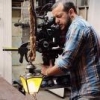
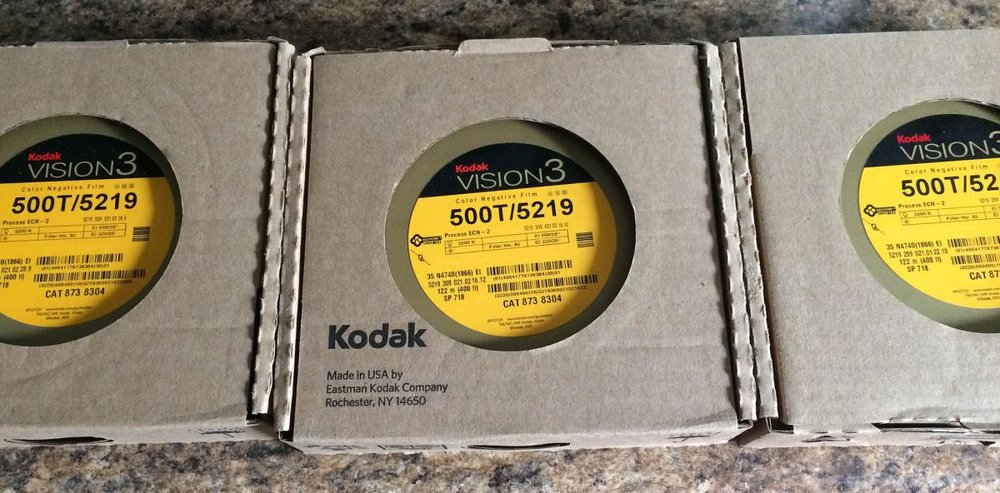
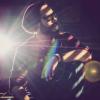

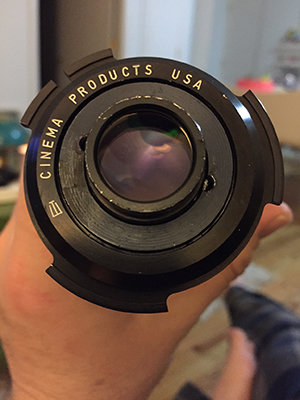
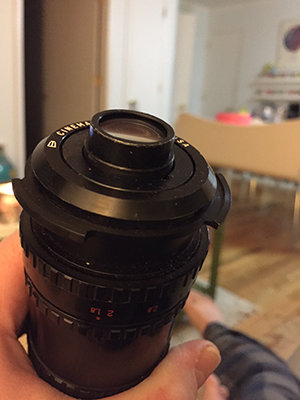
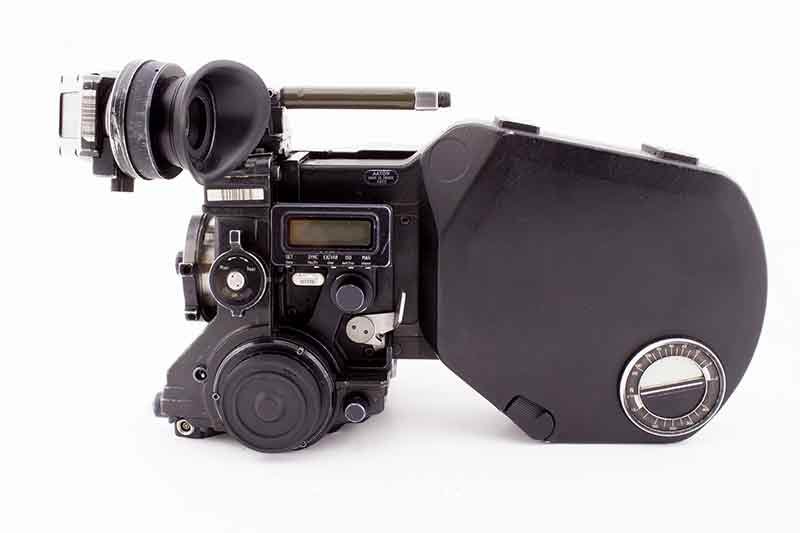
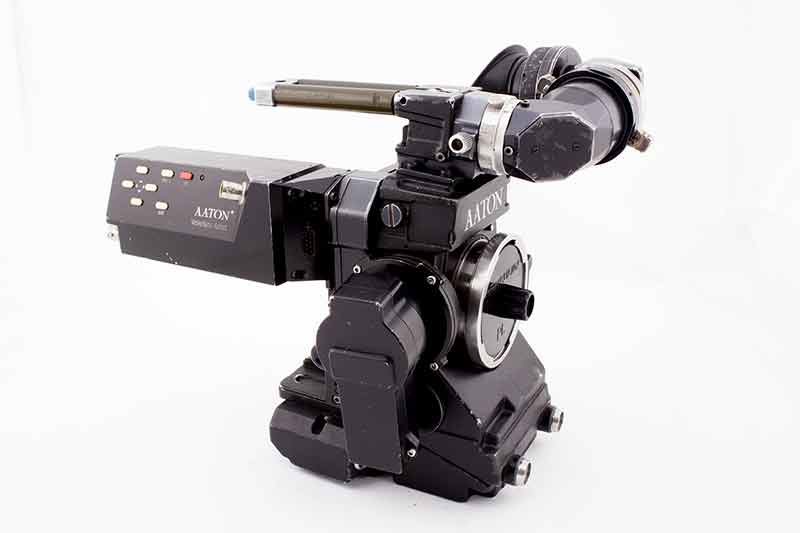


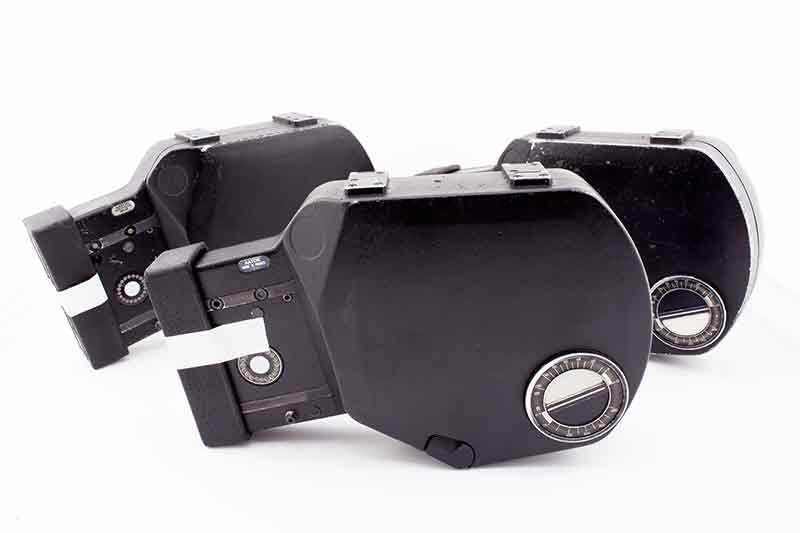


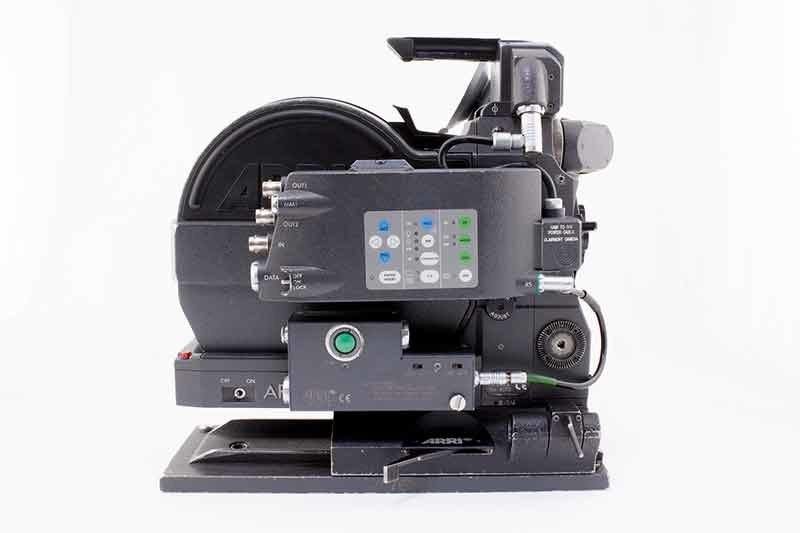
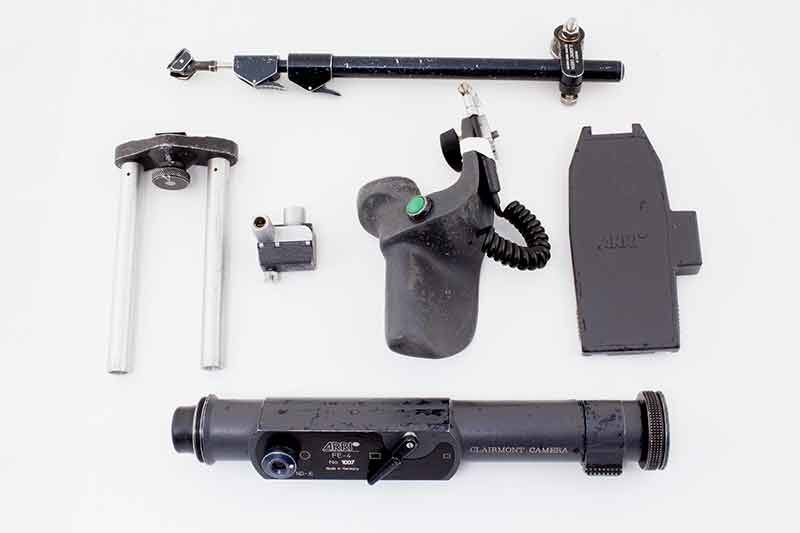
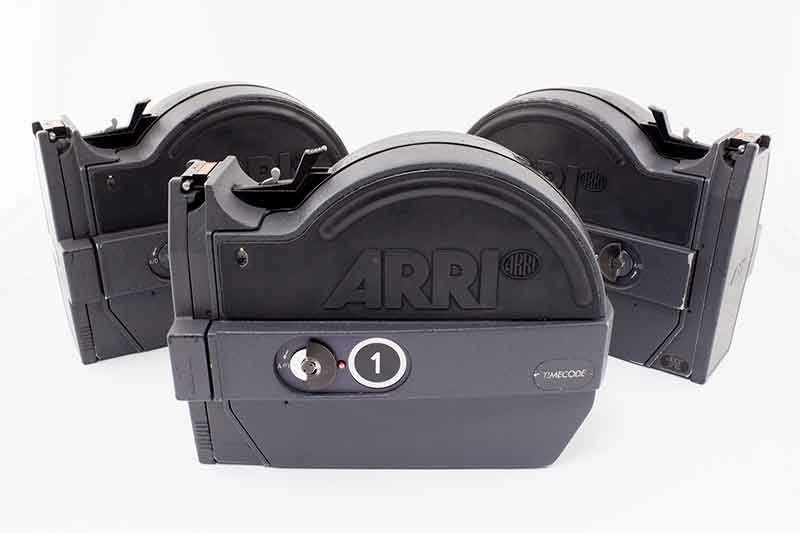
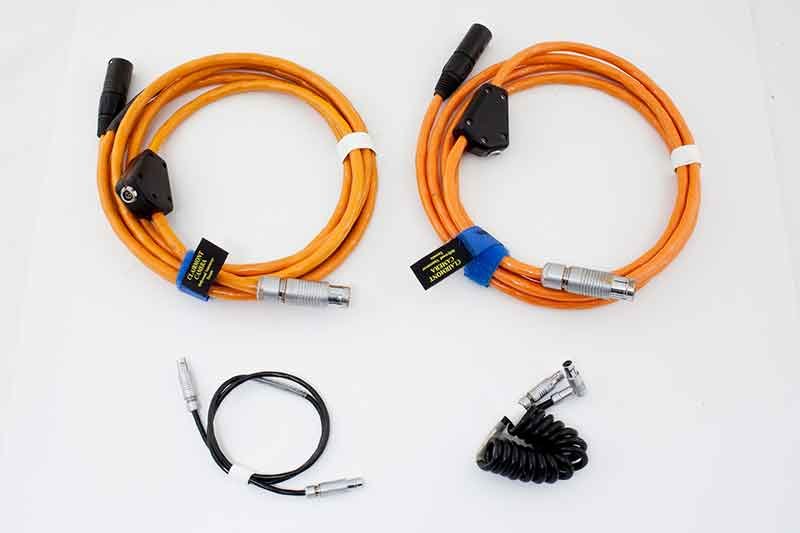
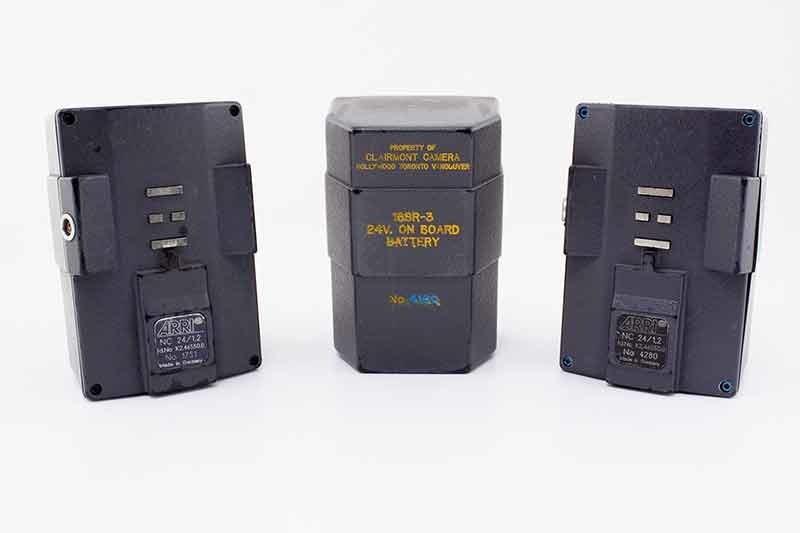
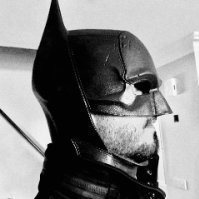
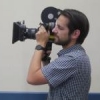

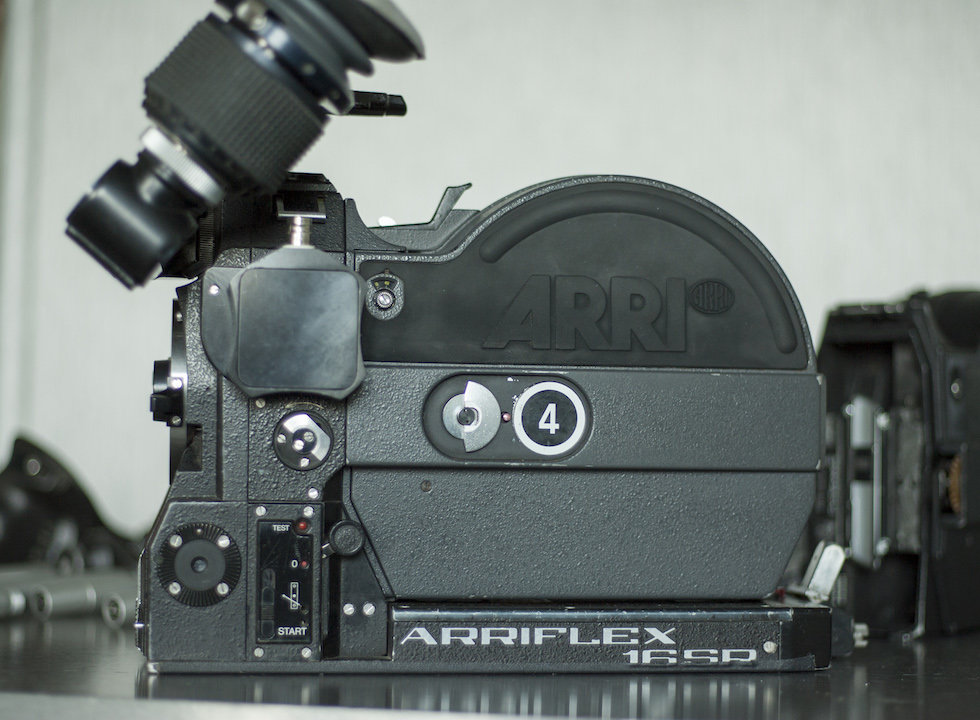

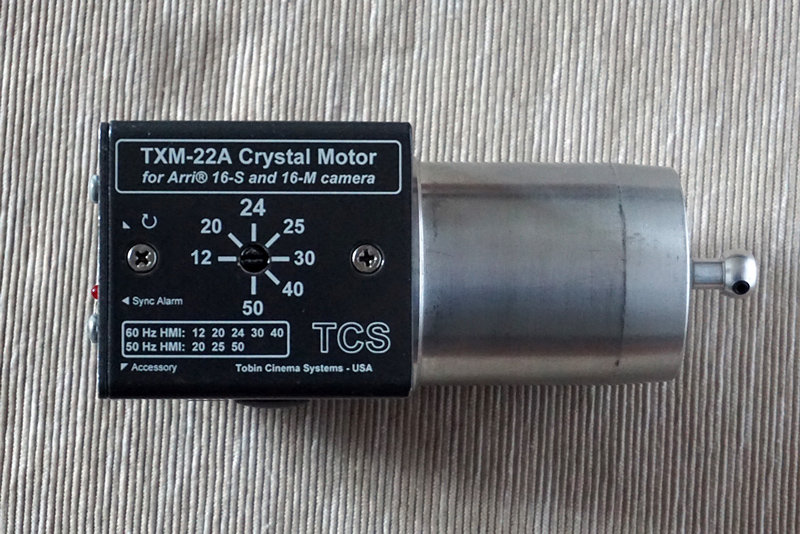
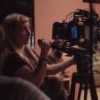

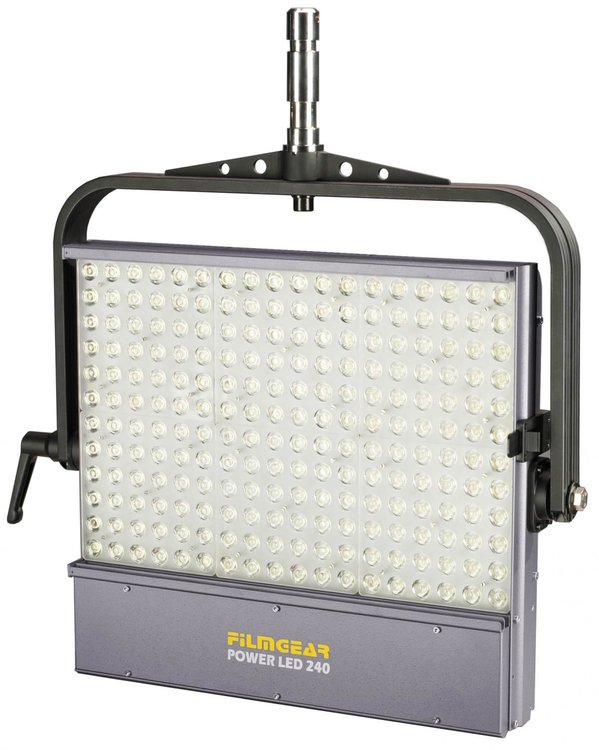
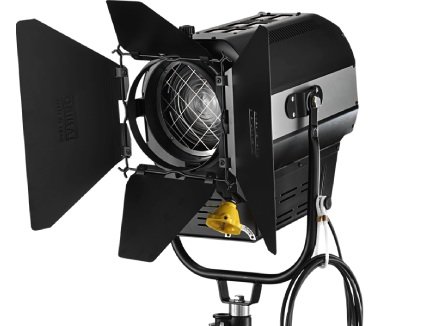
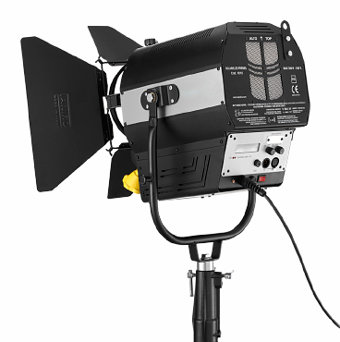
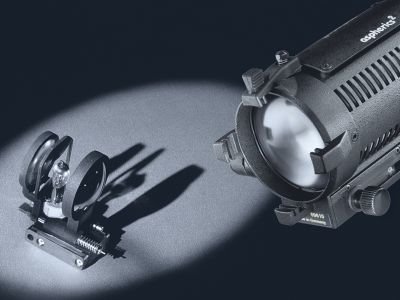



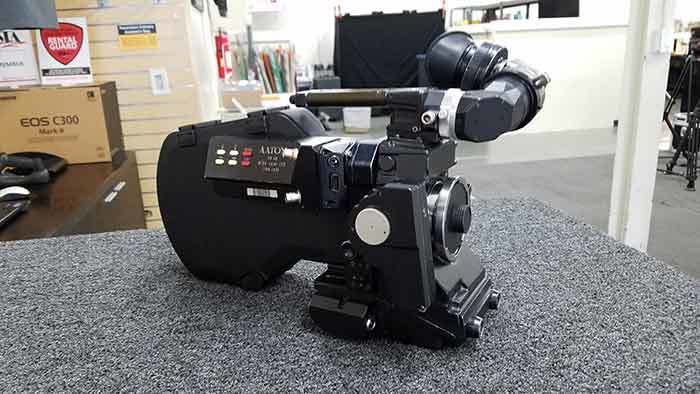
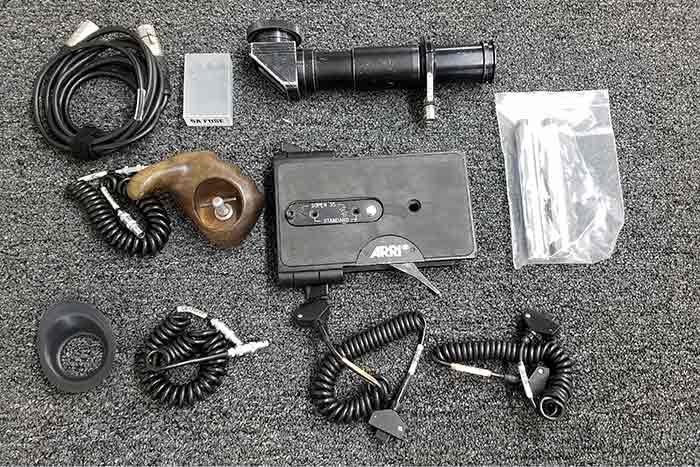
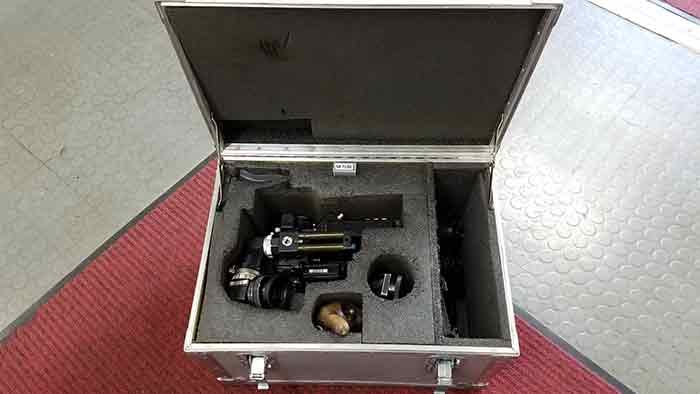
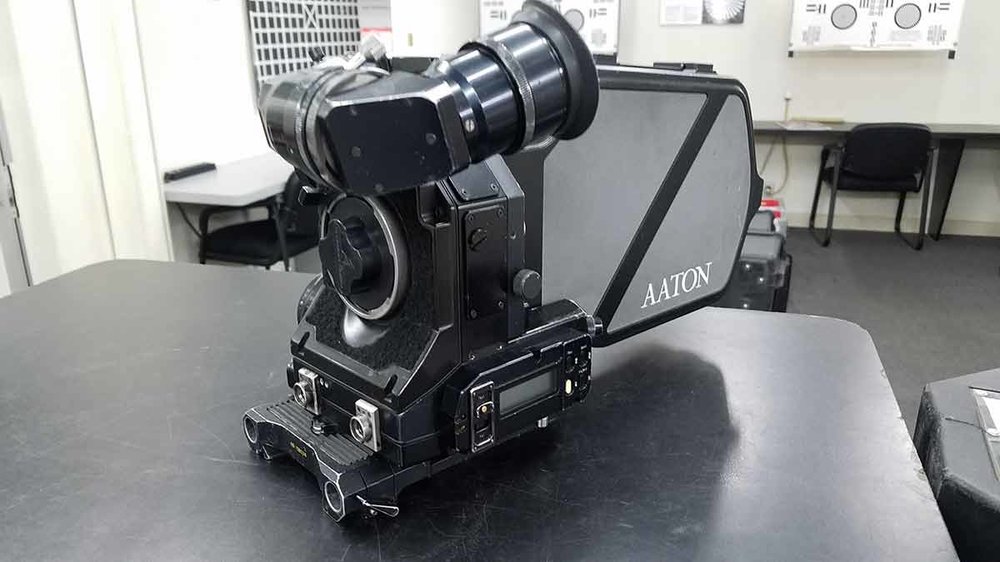
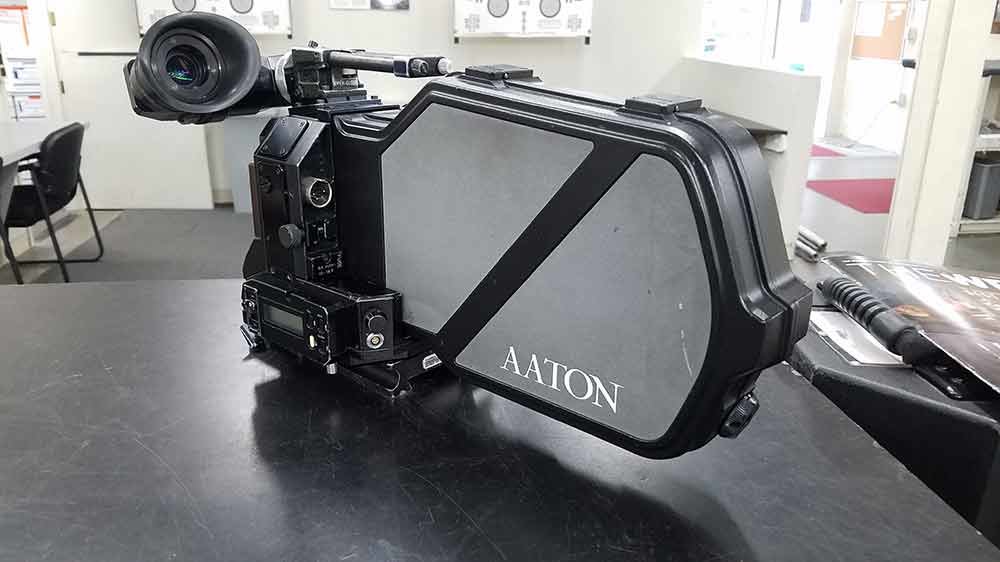
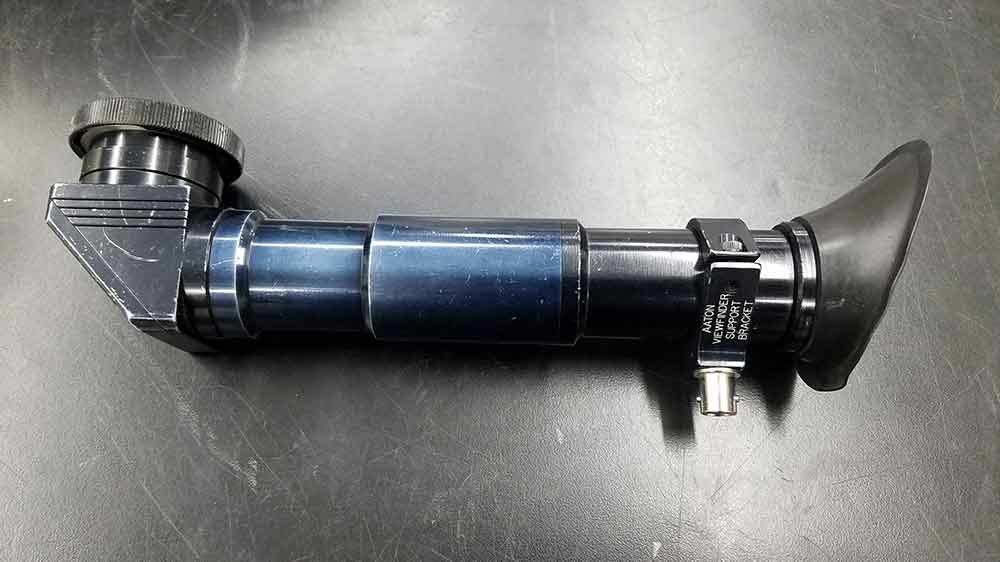

.thumb.png.a75acc5a9fbbac6b09530ed452346fe2.png)